Solai Brooks’ favorite part of her job is waking up on Saturdays before 6 a.m. — well, maybe not the early hour itself, but definitely the reason behind it.
She’s creating service opportunities for young people in Baltimore, Maryland.
“Getting up and traveling to a site by 6 a.m. to set up for these people to come and have an amazing opportunity, that’s a lot,” she said. “But it’s also beautiful to be around people who care to help and volunteer.”
The projects range from planting community gardens to rebuilding homes to packing overdose reversal kits. But these “Social Impact Saturdays” have an underlying theory of change baked into them. The ultimate goal? Inspiring a local volunteering movement in Baltimore.
“We’re making volunteerism more accessible,” said Brian Pham, CEO and cofounder of Break A Difference. “We mostly focus on young adults. It’s a pivotal time in people’s lives when they really decide who they are as a person. So we created a lot of custom volunteer experiences to help with that.”
Pham believes that when young people get a chance to contribute to their communities, they catch a spark of service that lasts a lifetime. Twelve years ago, he and three friends set out to increase volunteering. “We thought getting as many people as possible to volunteer would make the world better,” he said. The idea remains central to the organization today. And if you asked most nonprofits, they’d tell you something similar.
So, how does this organization stand out from other nonprofits?
Initially, Break A Difference focused on “alternative breaks,” week-long service trips for college students and young adults. However, during the pandemic, Pham’s team realized these opportunities attracted a specific type of volunteer.
“Most of them were in university,” he said. “They could take time off and didn’t have to work during that week or have any family responsibilities. They could fundraise, pay, or take on debt by adding it to their tuition.”
Despite wanting to volunteer, underserved youth — who have unique insights into their communities’ challenges — face unique barriers like time, money, and family responsibilities. Break A Difference was missing out on their valuable perspectives, skills, and experiences. More importantly, Pham explained, the nonprofit was missing out on offering life-changing volunteer opportunities to those who could benefit the most.
Since then, Pham’s team has worked to make service accessible to young people in the communities they serve. The organization still hosts alternative breaks, but initiatives like Social Impact Saturdays and other service opportunities are tailored to those with limited time and resources, inspiring them to see service as a meaningful, lasting part of their lives.
The effect has been extraordinary, with many volunteers returning regularly and new faces joining every service event.
The loaded question some people don’t feel they can ask
“How can I help?” It’s a simple question, but not every person may feel they are in a position to ask it.
“You have to feel like you have something valuable to contribute to ask a question like that,” Pham explained. In his experience, a person’s willingness to serve is deeply connected to how much they believe they have to offer — a belief that is most effectively nurtured in young people.
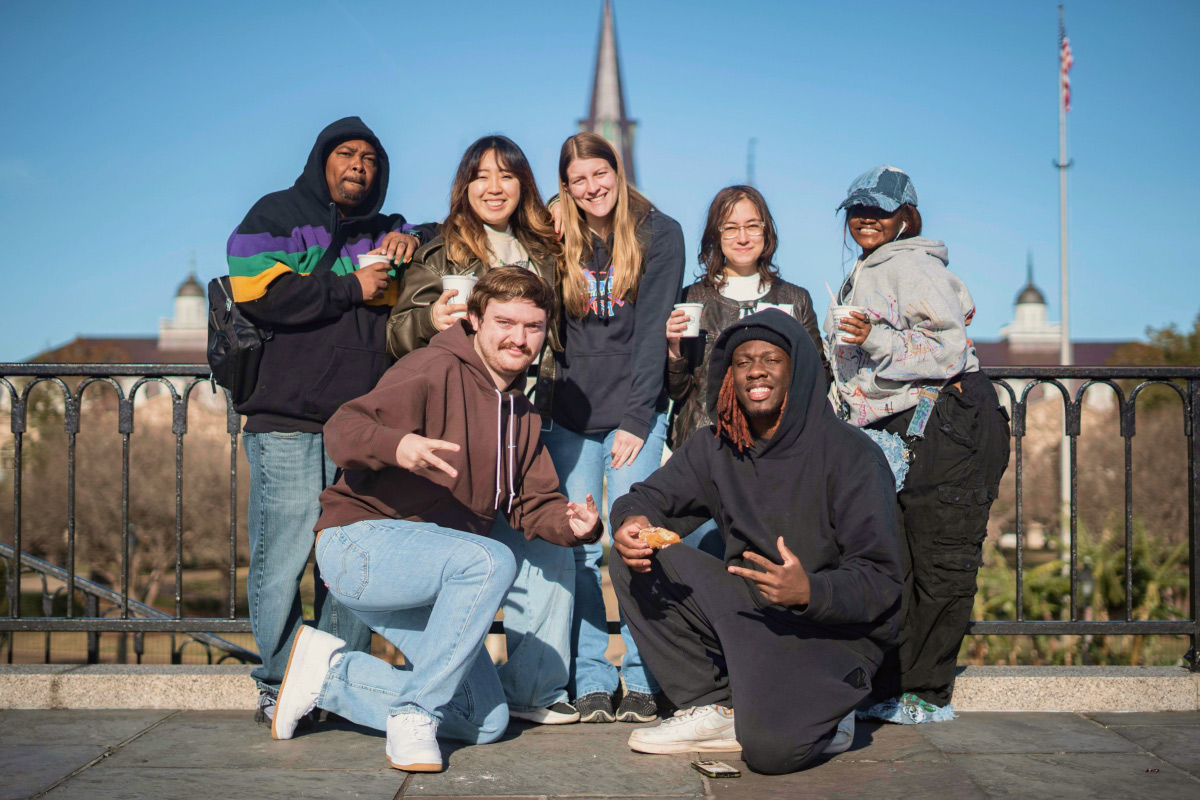
Pham discovered this firsthand at 19 during an alternative break service trip. At the time, volunteering wasn’t his thing. He signed up because he thought it was a free trip to New Orleans with other young adults.
“I was kind and liked helping people, but [volunteering] just wasn’t part of my personality,” he admitted. “What I saw was an ad for a free trip.”
It was a misunderstanding that transformed his life.
In New Orleans, his group worked to help Ms. Louisa, a woman living in a trailer with her grandchildren after a hurricane severely damaged her home. On the first day, Pham doubted his group could make a difference. While he had some construction experience, it was clear most of the other volunteers had never even held a hammer.
His initial estimation was that the other volunteers didn’t have anything to contribute. However, by Day Four, the group was confidently working on the three-story roof and training the next wave of volunteers to continue the project.
He discovered that volunteerism can be a transformative way for people to uncover their capacity to make a difference.
“It’s a story of empowerment,” he said. “The thing that took it from this one-off to the rest of my life was this idea that in four days, someone can go from never having touched a hammer to teaching other people.”
Ms. Louisa’s kindness also left an impression. “The story about volunteering is that you get more from it than you give. She made sure we got more from that experience.”
The empowerment Pham experienced and saw in others sparked deeper questions about his future: How could this be a part of his life full time? Could he apply these skills back home in Baltimore? And how could he help others experience this type of fulfillment?
“That was the thing that I was chasing early on and still chasing today,” he said. “It’s this empowerment that volunteerism provides. And I know so many other people are seeking it, too.”
Sign up for the Strong & Safe Communities newsletter for stories, ideas, and advice from changemakers working with their neighbors to address the biggest problems we face.
Breaking the barriers to service
Pham credits that experience as a pivotal moment in his journey, but he acknowledges a harsh reality: Service trips cost money.
The costs and the time away from work and family responsibilities make these volunteer opportunities inaccessible for many. This challenge is especially pronounced in Baltimore, where the poverty rate stands at 19.6% — 7 percentage points higher than the national average — and even a few hours away from work has personal consequences.
This doesn’t mean underserved young people aren’t contributing to their communities.
“They’re helping the elderly woman down the street or volunteering at church to provide meals,” Pham explained. “They’re engaging in these activities at very high levels. We don’t want to take that away.” These informal acts of service are where much of the most impactful volunteering occurs. However, he noted that these efforts don’t easily connect to service careers or have the scalable energy of the social impact sector.
So Pham had an idea: What if his team designed intentional service opportunities tailored to the unique circumstances of underserved young people within their own communities? That’s exactly what Break A Difference began piloting two years ago.

By expanding the pool of volunteers to include more people from these communities, nonprofits inspire the next generation to see their own potential to contribute. When young people realize their ability to solve big problems and make meaningful contributions, it sticks with them for life, creating a ripple effect that extends far into the future.
Break A Difference’s most flexible option is Social Impact Saturdays, monthly local activities designed to be easy, fun, and accessible for high school and college students. These events are family-friendly, offering transportation and allowing volunteers to bring younger siblings if needed. They provide mutual benefit by supporting both the communities and participating families, particularly youth who face fewer financial barriers and often still live with their parents.
For young people living on their own or who don’t have the option of serving without compensation, Break A Difference offers paid service opportunities, ranging from logistical support at service events to its 200-hour Civic Accelerator Program, which features a paid service trip followed by 150 hours of leading service activities in Baltimore.
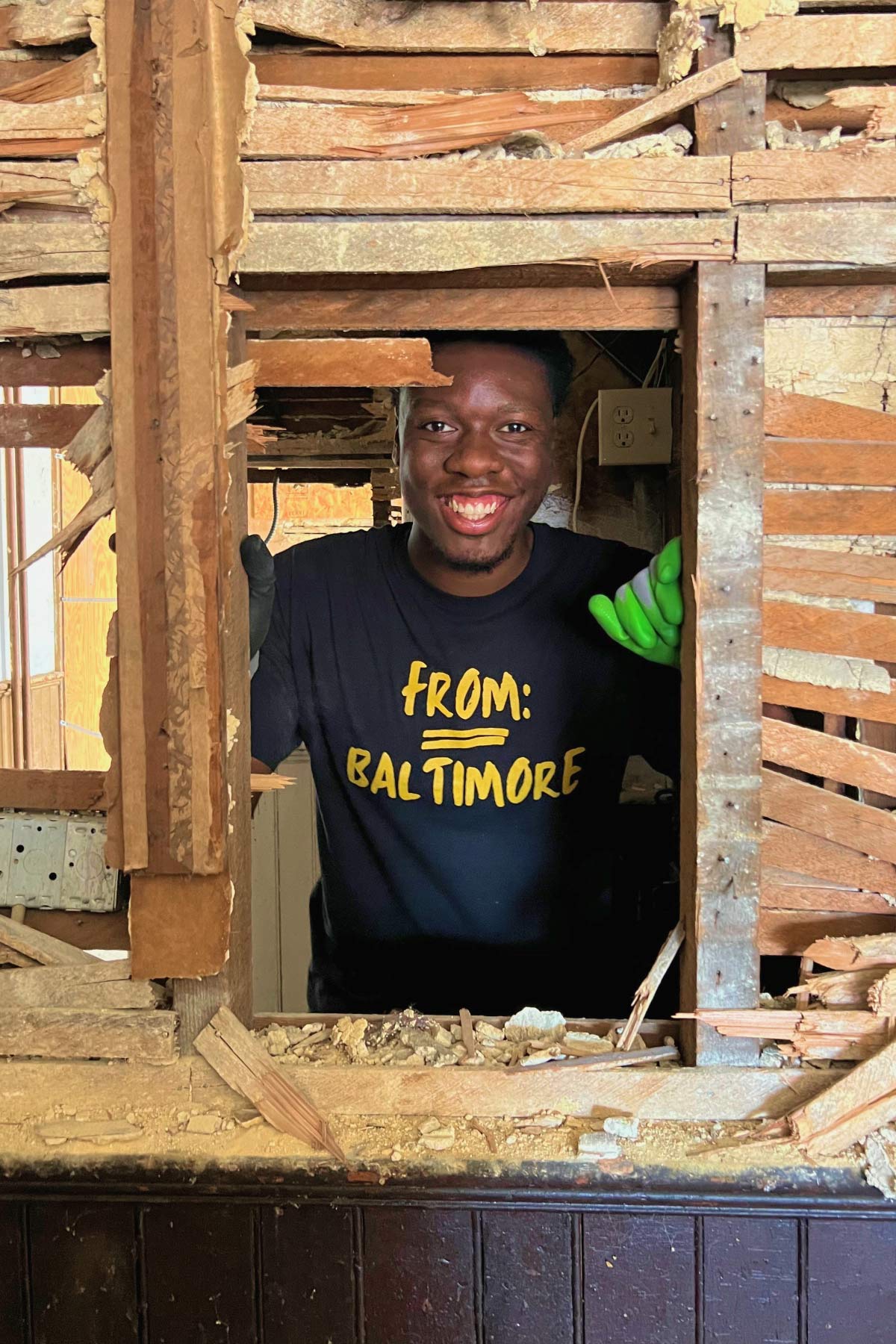
“We see that volunteering in a different location ignites a passion, and you’re like, ‘Oh, man, how do I do more of this when I get back at home?’” said Pham.
The goal is to provide a wider array of young people with opportunities to experience the uplifting impact of serving others — and see their role in solving problems.
“We believe that it really starts with that volunteer experience at a younger age — getting that passion and empowerment around volunteering, that interest,” Pham said. “So we’re breaking down those barriers, whether we’re providing transportation, making volunteerism more fun, or helping Black and brown youth see themselves in the service.”
Service can be addictive in the best way
Research confirms what Pham instinctively felt during his first volunteer experience: Service is good for us. It reduces stress and boosts happiness, resilience, confidence, and even physical health. Volunteering at a young age amplifies these benefits. At 22, Brooks can personally attest to these benefits.
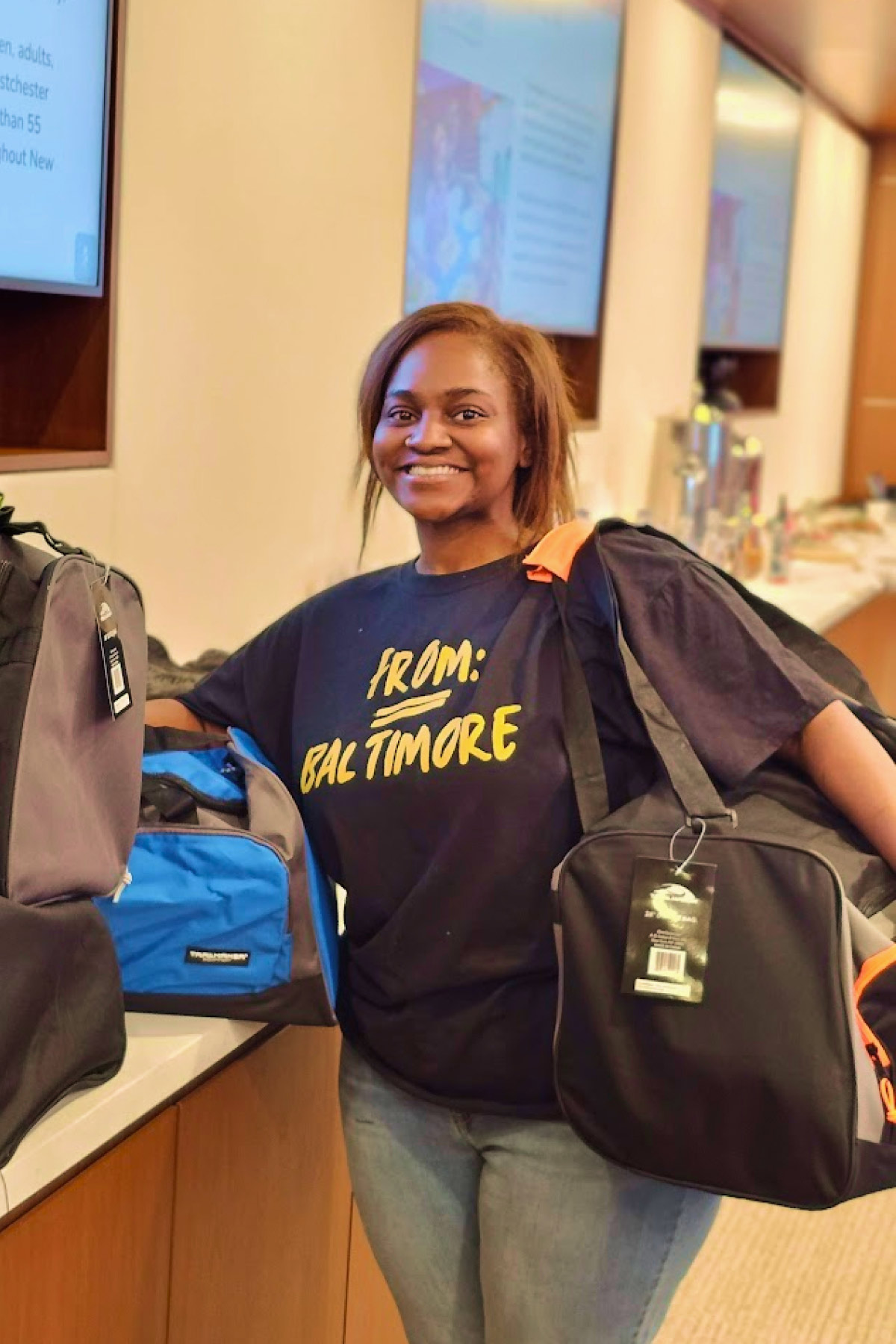
At Break A Difference, she not only assists with service activities but also leads a project to distribute the life-saving overdose reversal drug Narcan and trains students and staff at universities on how to use it.
It’s a project she’s passionate about now, though that wasn’t always the case. Recently, she’s become more aware of how important her work truly is.
“I never really thought about how much of an impact I was making with Narcan until a couple months ago,” she said. “We were doing a [Narcan] training at Howard University with some athletic trainers, and they had all these questions and concerns about fentanyl being in different substances for their students.”
While she was answering the trainers’ questions, it struck her how common overdoses are. “You can just be walking down the street in downtown Baltimore, and it’s like, ‘OK, well, that happened again.’”
Now, she’s piloting a program to take Narcan training into high schools. “I’m seeing a lot of people who don’t know what Narcan is,” she said. “I would like to educate more people. This can save lives.”
Brooks’ position at the nonprofit is a paid internship through a partnership with AmeriCorps. She’s not sure what’s next when the internship ends, but she’s OK with that. What she does know is how fulfilled she feels from the hands-on, relationship-driven service she’s been a part of and that she can make a difference in her community.
“I feel so fulfilled,” she said. “I go out and help people. I meet new people. I hear stories about how nonprofits were motivated to get to where they are now, and it motivates me.”
Pham reflected on the rewarding nature of service, emphasizing how it can become addictive in the best way. “It’s hard not to have some addiction to that type of environment because you get dopamine from serving others,” he said. “If we could just create more and more of those opportunities for people, they’ll want to do more. We should be focusing on people and the community and taking care of each other — not just taking care of those who are less fortunate but actually empowering them.”
Break A Difference is supported by Stand Together Foundation, which empowers individuals to reach their full potential through community-driven change.
Learn more about Stand Together’s efforts to build strong and safe communities and explore ways you can partner with us.
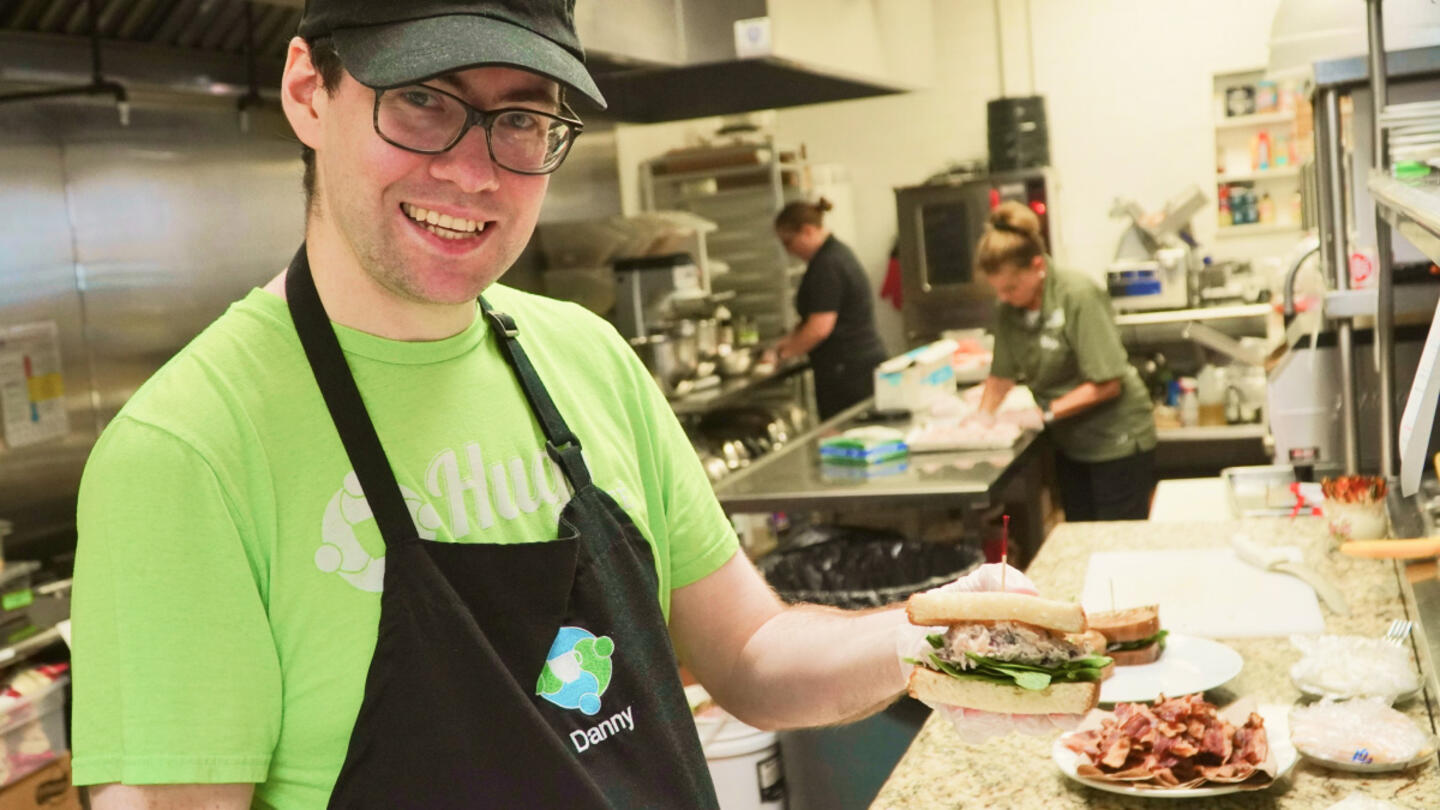
People with disabilities want meaningful work — and Hugs Cafe is making it happen.
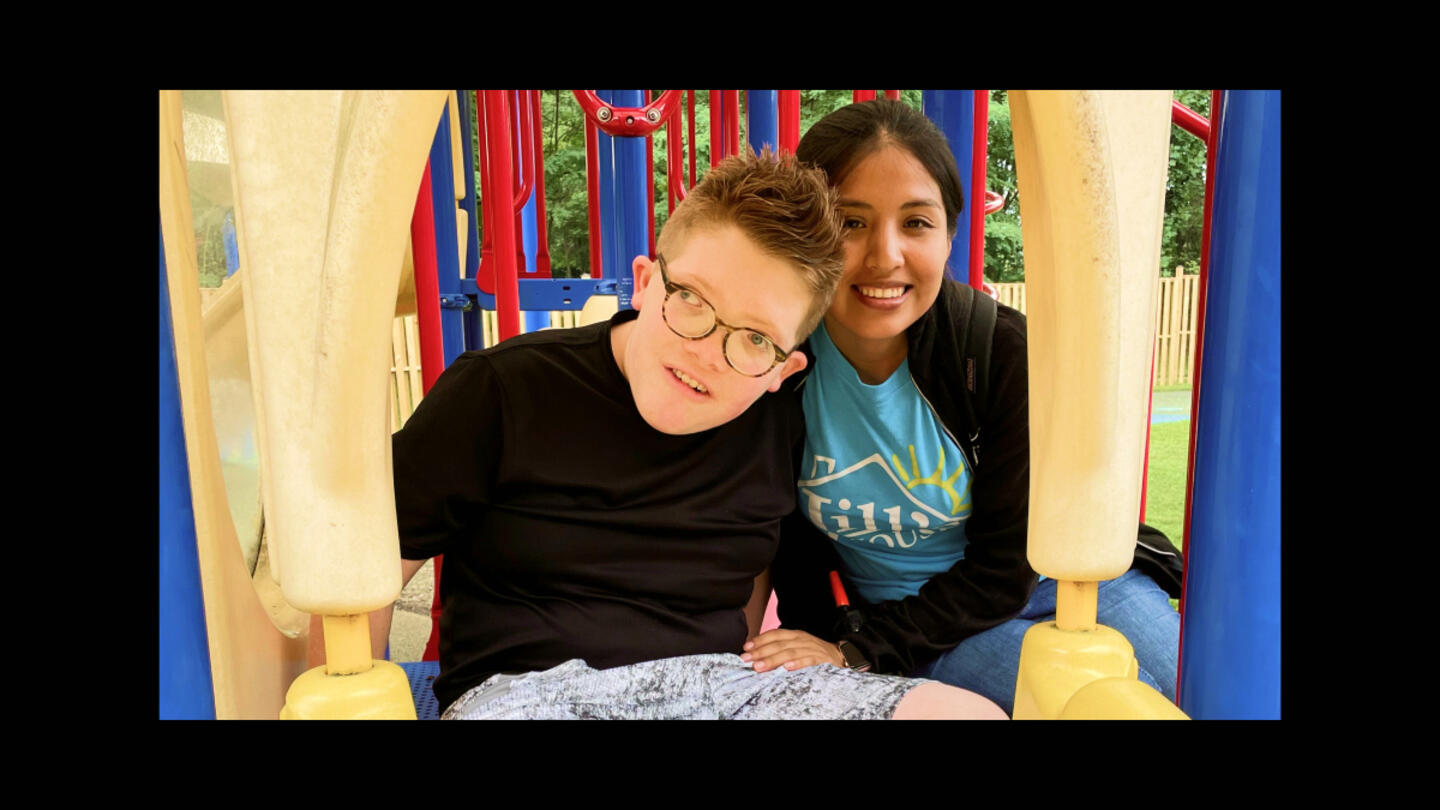
At this ‘resort,’ children with intellectual disabilities are seen as gifts to be celebrated and loved.
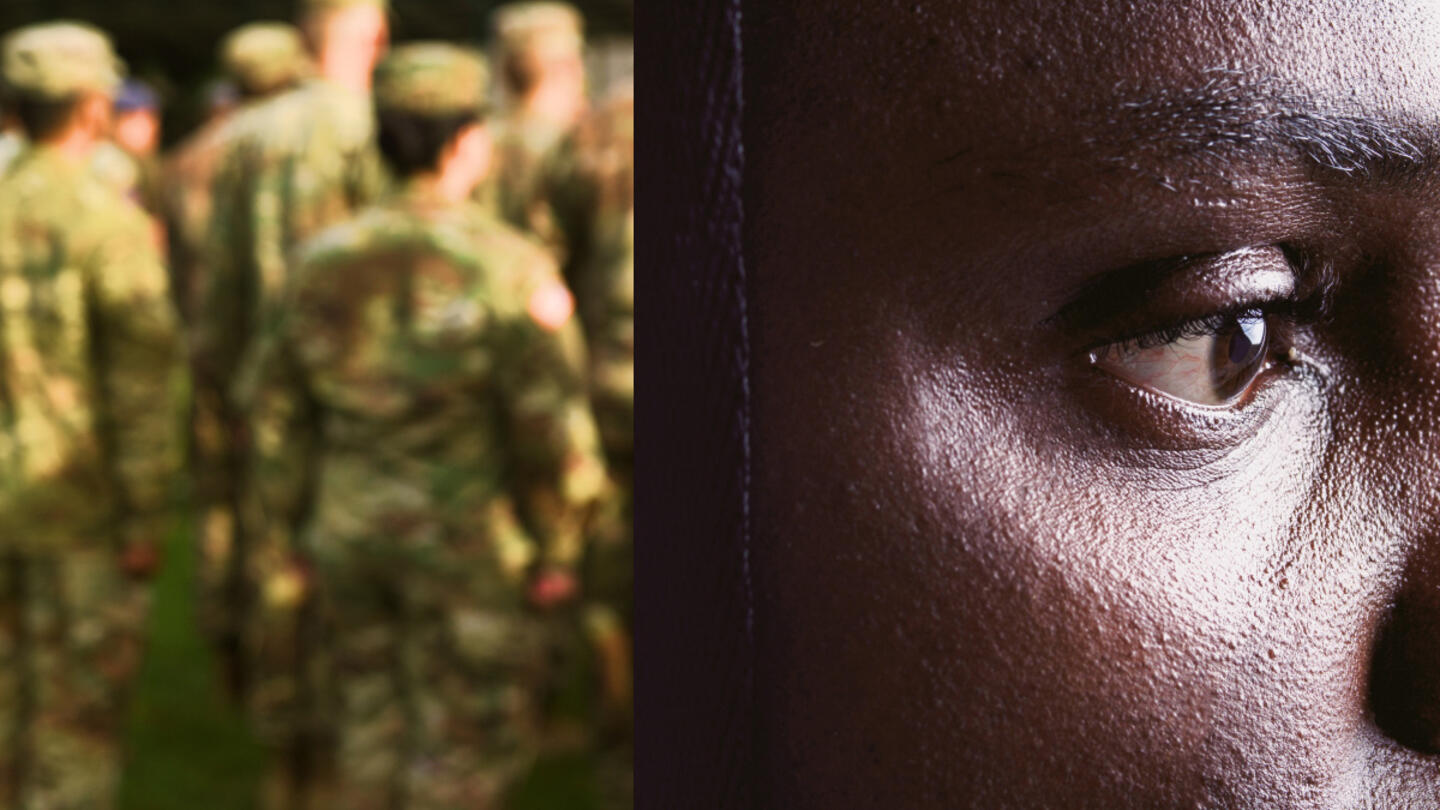
Veterans experience loss when leaving service. Could this be key to understanding their mental health?
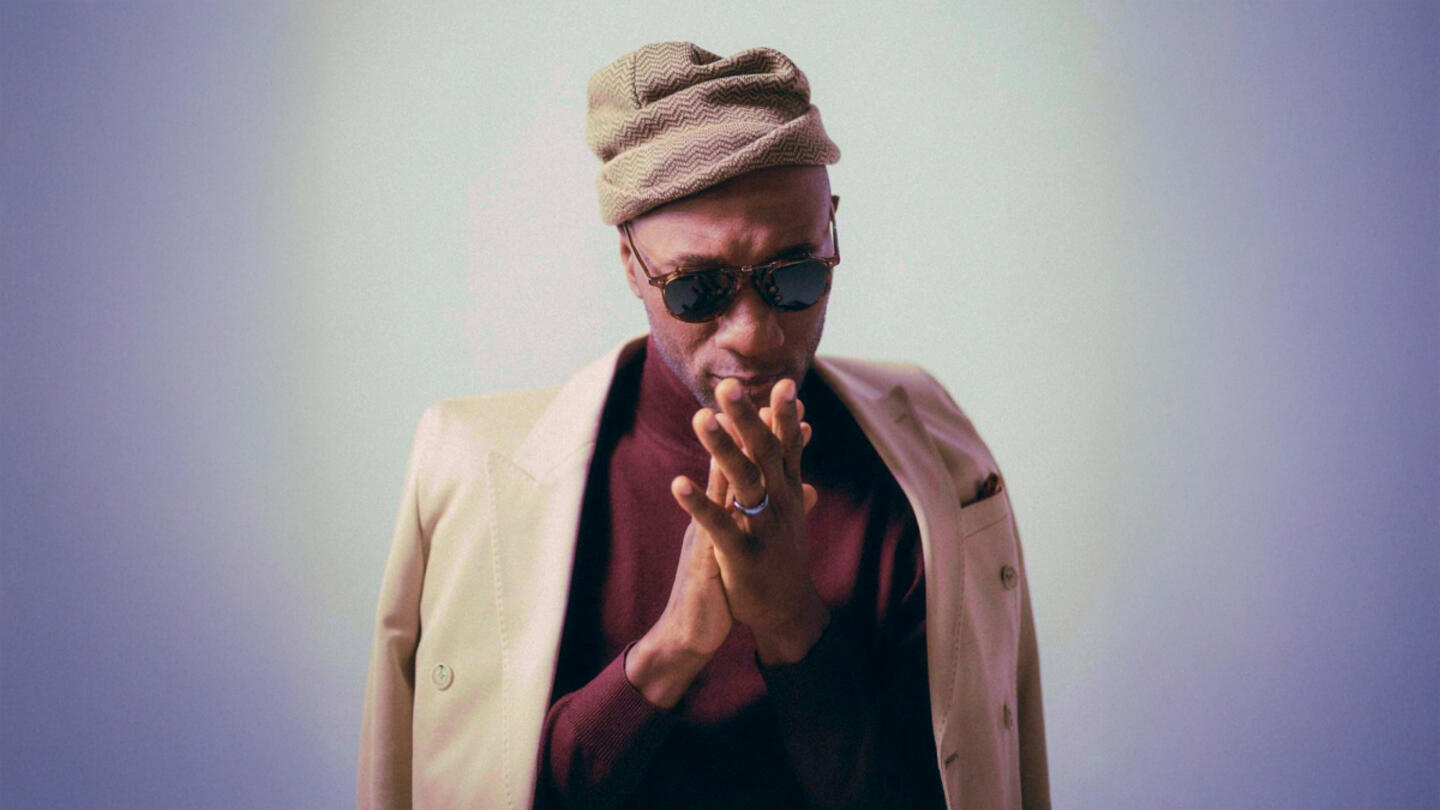
The Grammy-nominated artist is highlighting the stories we don’t get to hear every day.
